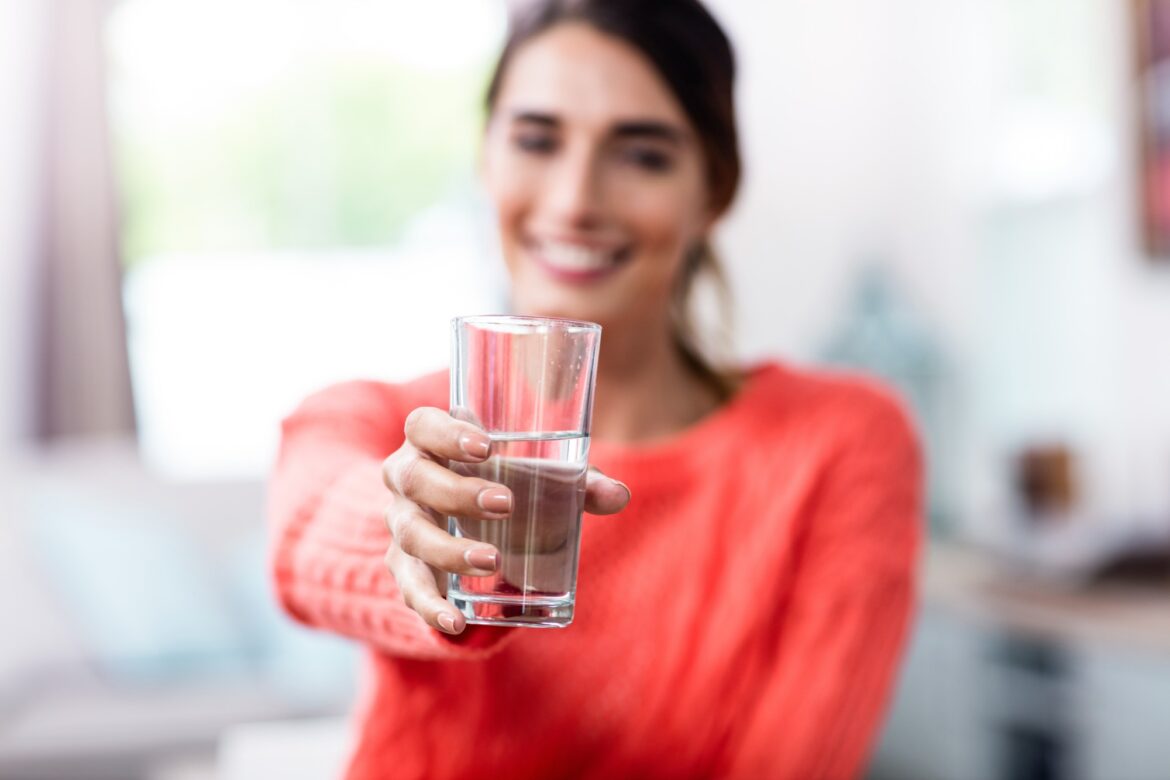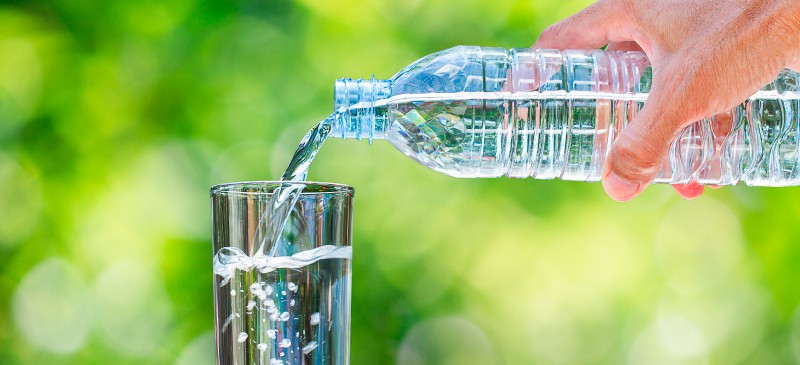
Remember to add back the minerals and dietary needs that are removed to safely use distilled water during a cleanse. Distilled water can be used for any kind of detox program in which you want to remove poisons from your body. In addition, it has been found that distilled water can actually remove toxins from the body. To ensure that you will not be exposed to any harmful microbes or diseases, distillation can be used to purify a polluted water supply. Some may argue that distillation removes all bacteria that could be harmful for human digestion systems. Unlike other filtration processes which may add chemicals to eliminate bacteria – like fluoride added to tap water – distillation doesn’t require any additives that may be toxic. Next, we will examine the pros and cons of consuming distilled water.ĭistilled water has many commercial uses like in medicinal and industrial applications but is it safe for drinking and food processing? Some will say that yes, it is safe for drinking and to use with food preparation as it eliminates all harmful bacteria and particles in the water. There are many different opinions on whether or not distilled water is safe to drink. There are also bottled water companies that manufacture distilled water for purchase. It is only when the water is converted to steam are all the unwanted minerals and chemicals removed. You can also boil the water to remove contaminants and drink the remaining water, but without the evaporation process, not all contaminants will be removed. You can buy a distiller machine that you just add unfiltered water to and it will remove contaminants automatically.


There are many different ways to distill water. The harmful volatile organic compounds (VOCs) are boiled off before the water molecules which makes distillation an effective way of purifying water. The less time the water is boiled, in essence, the more particles are left behind and not dissolved. The duration that the water is boiled also determines which molecules stay in the steam. Different chemicals and minerals are evaporated at higher or lower temperatures, so to specify which minerals stay in the steam the temperature is controlled. The distillation process can have variations depending on the temperature and duration of the boiling point.
#Should you drink distilled water free
The remaining rising steam or pure vapors without contaminants are collected in a new container, cooled down back into a condensed liquid form, free from toxins, and ready for consumption. Boiling the water also destroys harmful bacteria and the evaporated water left behind in the container may have metals, minerals, and other harmful contaminants.
/WaterBottle-58dd39845f9b584683cbd554.jpg)
The water is boiled down to an evaporation level and the components in the water are vaporized and discarded. This type of filtration can take many forms but at a basic level, it involves boiling the water to remove minerals, chemicals and contaminants. Water that is distilled has gone through a distillation filtration process.


 0 kommentar(er)
0 kommentar(er)
